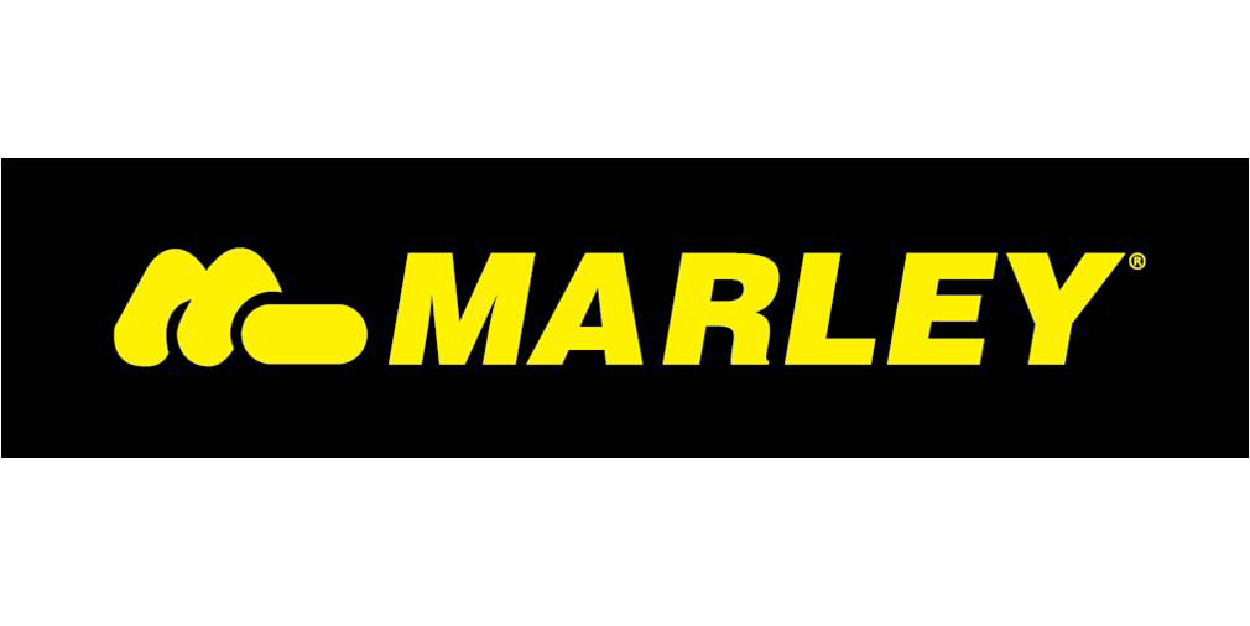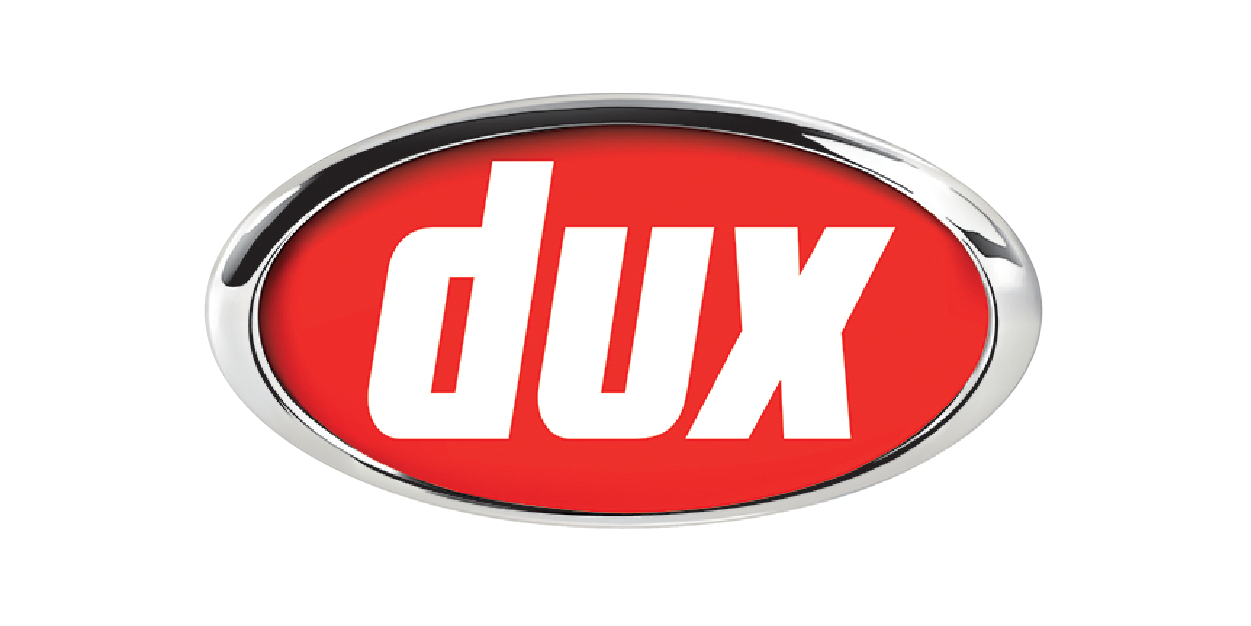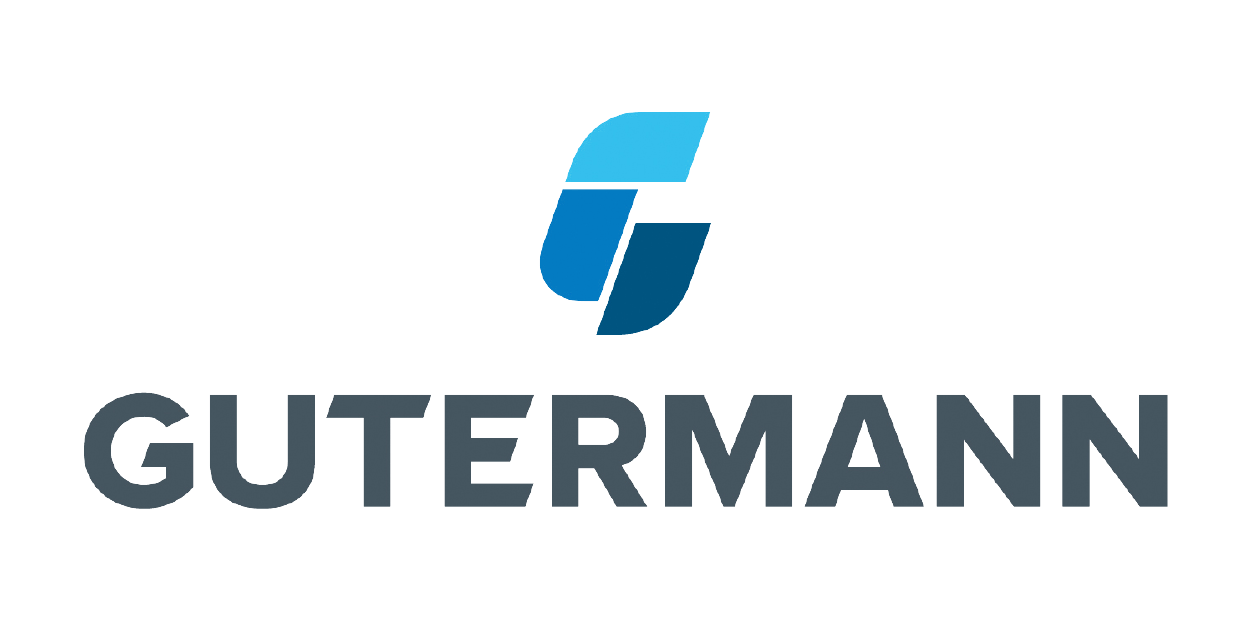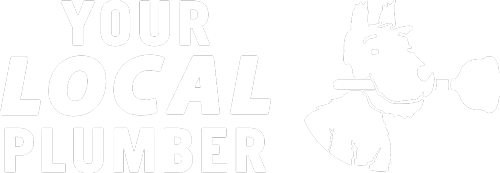Detecting leaks accurately and efficiently requires a combination of advanced technologies and proven techniques. This article explores some of the most commonly used methods in the field of leak detection. By understanding these technologies and techniques, property owners can appreciate the complexity and precision required in the leak detection process, and why it’s essential to engage professionals for these tasks.
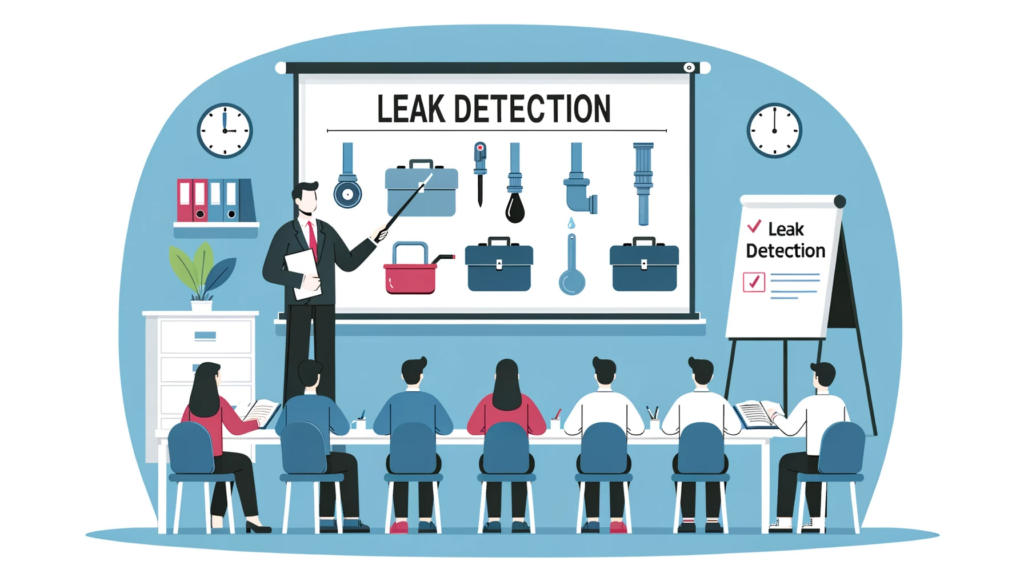
Call Today 09 973 4973 or
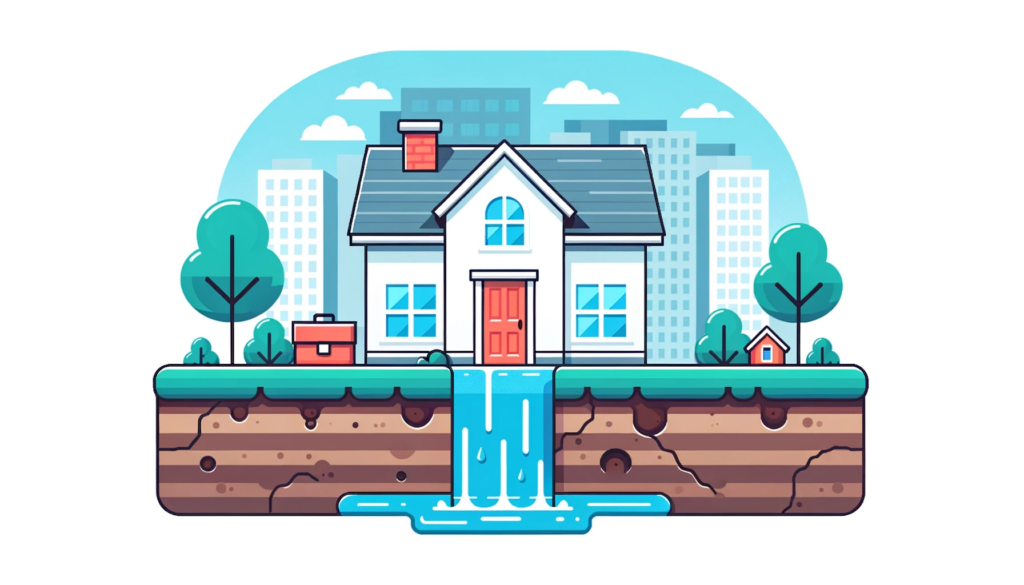
Acoustic Leak Detection
Acoustic leak detection is a widely used method in the industry. This technique involves the use of sensitive listening devices to identify the sound of escaping water or gas. Each type of leak produces a unique sound profile, which trained technicians can interpret to locate leaks accurately, even those hidden behind walls or underground.

Infrared Thermography
Infrared thermography, or thermal imaging, uses infrared cameras to detect temperature differences in building materials caused by escaping water. As water evaporates, it cools the surrounding area, creating a temperature contrast that can be picked up by the infrared camera. This non-invasive technique can help identify hidden leaks without the need for demolition or excavation.
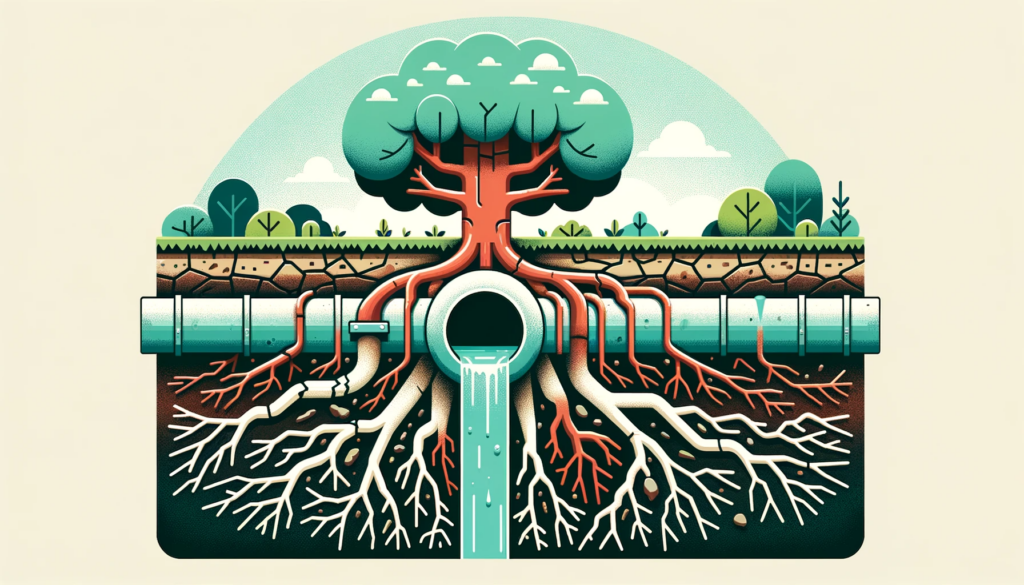
Video Pipe Inspection
Video pipe inspection, also known as CCTV inspection, involves inserting a small camera into a pipe to visually inspect its condition. This method can identify leaks, blockages, and structural issues that might otherwise be difficult to detect. The camera is attached to a flexible cable, allowing it to navigate through bends and junctions in the pipe.

Smoke Testing
Smoke testing involves injecting non-toxic, artificially produced smoke into a pipe system. The smoke will escape through any leaks, providing a visible indicator of their location. This technique is particularly useful for detecting leaks in sewer and drain lines, where other methods may not be applicable.

Tracer Gas Detection
In tracer gas detection, a non-toxic, odourless gas is introduced into a pipe or system. The gas will escape through any leaks and rise to the surface, where it can be detected using special sensors. This method is highly accurate and can be used for both water and gas pipelines.

Ground Penetrating Radar
Ground-penetrating radar (GPR) uses radar pulses to image the subsurface. This nondestructive method uses electromagnetic radiation in the microwave band (UHF/VHF frequencies) of the radio spectrum, and detects the reflected signals from subsurface structures. GPR can be used to detect leaks in underground pipes by identifying changes in the surrounding soil or material caused by the presence of a leak.
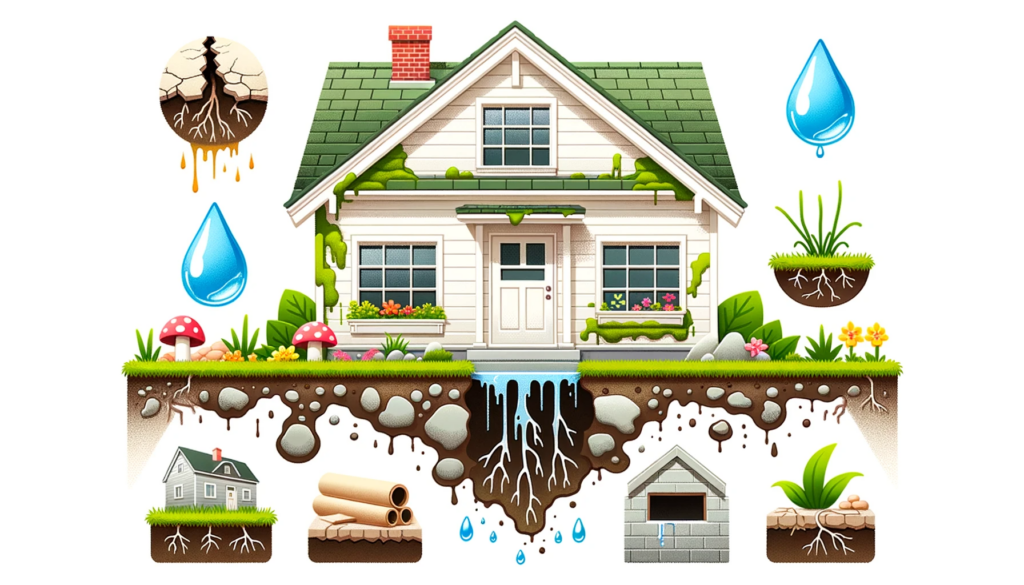
Moisture Meters
Moisture meters are handheld devices that detect and measure the moisture content in building materials. They can be used to identify areas with excess moisture, which may indicate a hidden leak. There are two main types of moisture meters: pin-type, which measure moisture through electrical resistance, and pinless, which use electromagnetic fields to gauge moisture levels
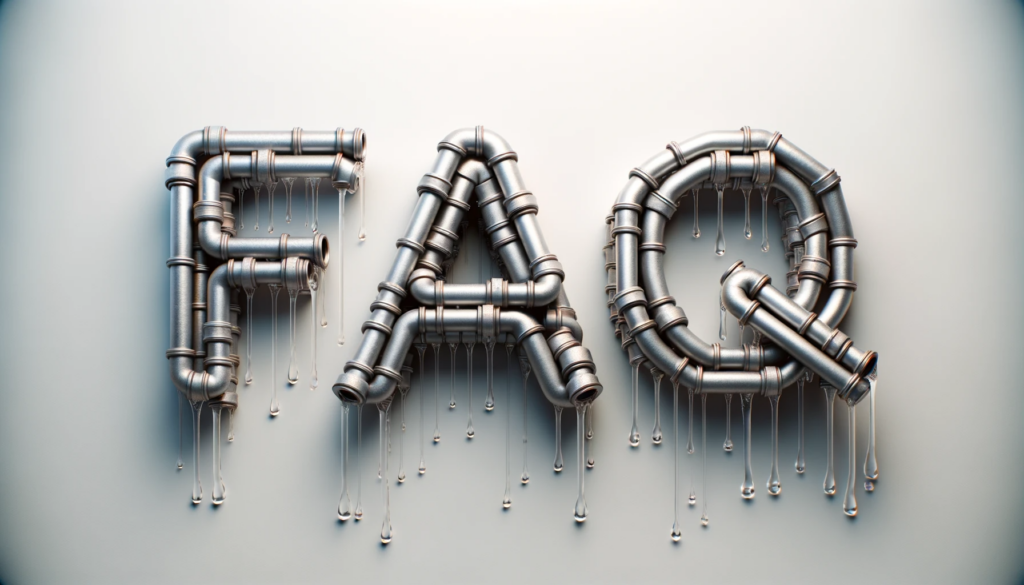
Correlators and Loggers
Correlators and loggers are devices used for acoustic leak detection in pressurized pipelines. Loggers are placed along the pipeline and record the noise produced by a leak over a certain period. The correlator then analyses these recordings to determine the leak’s location based on the time delay between the sounds reaching different loggers.
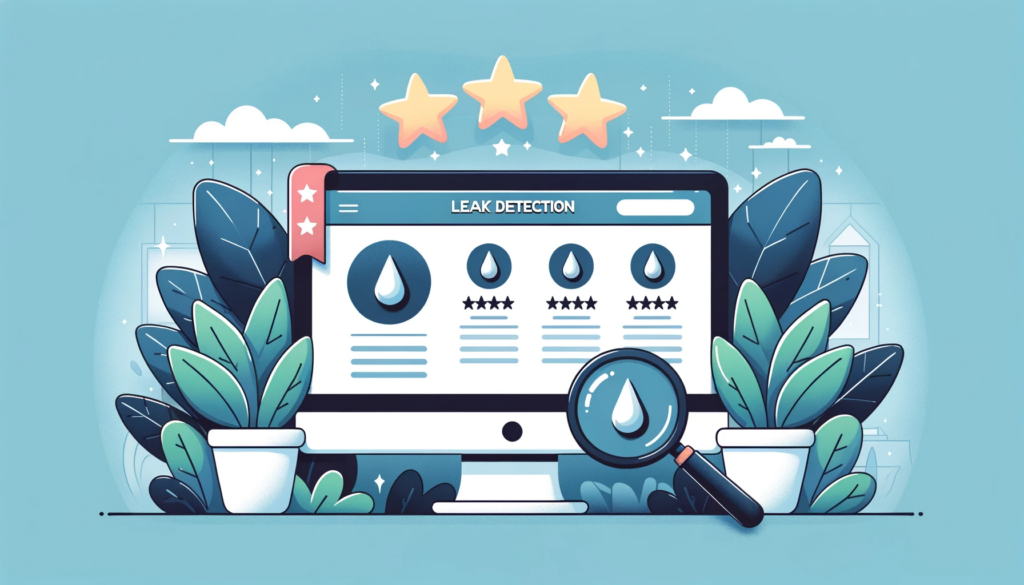
Pressure Testing
Pressure testing involves isolating a section of pipe and filling it with water or air to a specified pressure. The pressure is then monitored over time. If the pressure drops and there are no external signs of water leakage, it indicates a hidden leak within the tested section.

Electronic Line Locating
Electronic line locating is used to trace the path and determine the depth of underground utilities, including water and gas pipes, electrical lines, and telecommunication cables. A specific frequency of radio wave is applied to the line, and then a receiver is used to pick up this frequency, allowing the technician to map out the line on the surface. This technique is often used in conjunction with other leak detection methods to accurately locate leaks in underground pipes.
A variety of advanced technologies and techniques are available to detect leaks, each with its strengths and suitable applications. By combining these methods, professional leak detection services can accurately locate and assess leaks, minimising disruption to the property and ensuring effective repair or remediation. If you suspect a leak in your property, it’s crucial to engage a professional leak detection service with the knowledge, experience, and equipment to handle the task efficiently and effectively.
Suppliers
